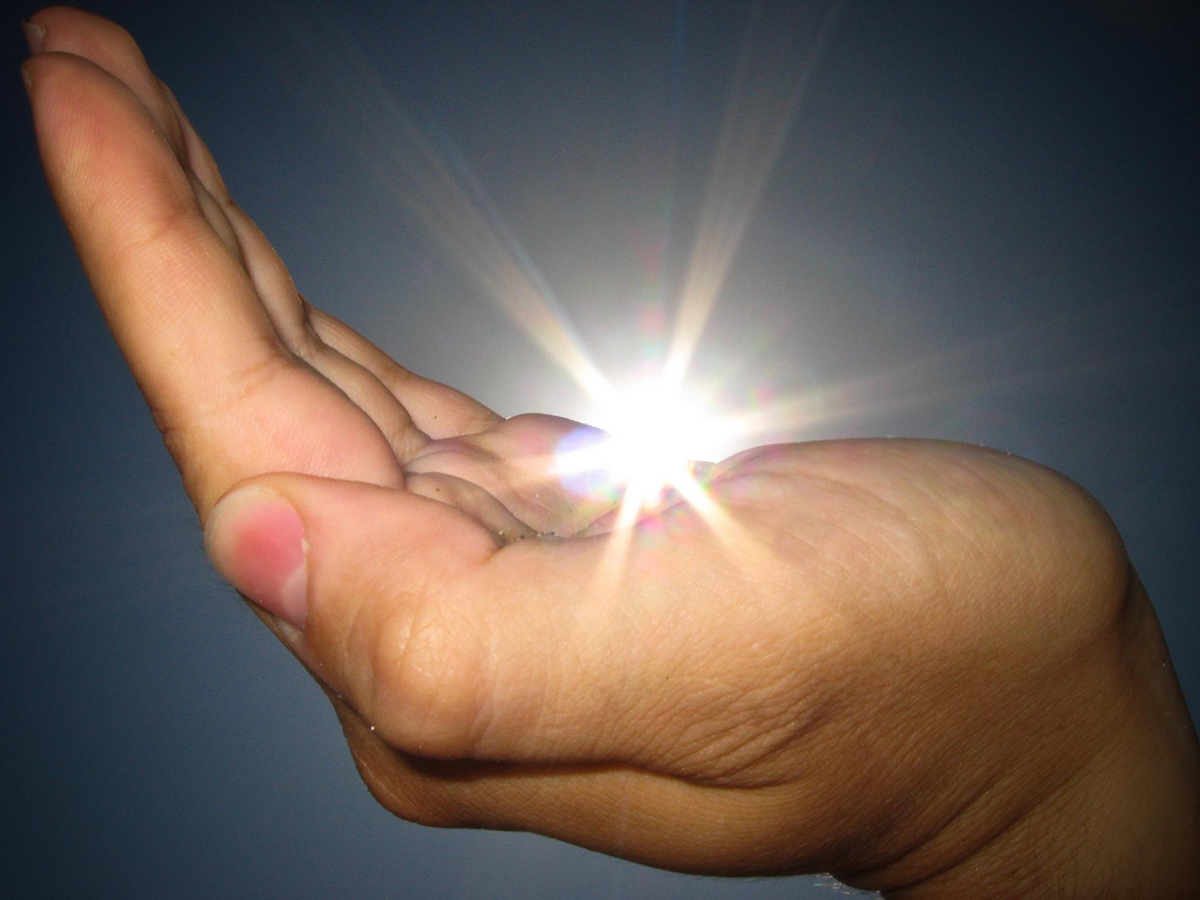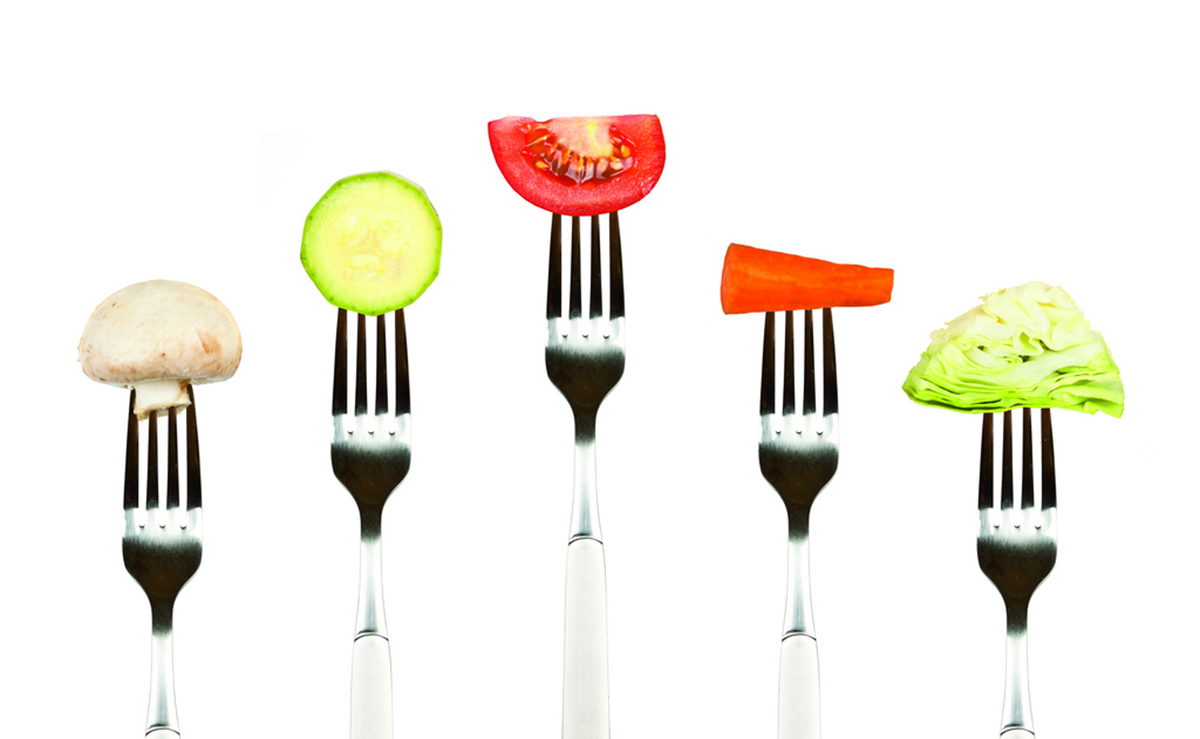Sometimes people who don't live in the Amazonian rain forest become wildly enthusiastic about fruits and berries that people who live in the rain forest completely ignore. The camu camu "berry" is one of those foods.
The Myrciaria dubia tree that yields the purplish, cherry-like but plum-sized camu camu fruit grows three or four meters (10 or 12 feet) tall on the banks of the Amazon and its tributaries. This plant can survive with its roots under water for four or five months at a time, and it grows on flood plains where other trees cannot. It flowers during the dry season and drops its fruit into the waters surrounding it during the wet season, making harvest a matter of scooping up the The plant is fantastically productive. A hectare of trees can yield 10,000 kilos of fruit every year.

The fruit is also amazingly high in vitamin C. A tenth of a teaspoon of camu camu powder provides more than a full day's vitamin C. The fruit is rich in the amino acid valine, which prevents the breakdown of muscles. It is also rich in the branched-chain amino acid leucine, which helps build up muscle. It contains a variety of anthocyanidins, the red and purple pigments found in berries and cherries, that have antioxidant properties that fight inflammation in, you guessed it, muscle. But the vitamins and antioxidants in the berry are more highly concentrated when the fruit is underripe, and even when ripe, camu camu is too sour to eat without adding lots of sugar.
That's not necessarily a bad thing.
The Best Ways to Use Camu Camu
The diet gurus tell us that sugar is poison, and paleo dieters who might otherwise try to emulate the kind of diet they (erroneously) believe primitive peoples ate would certainly never opt for a sugar-sweetened powder no matter how much vitamin C it contained. However, there is a time and a place for sugar, and that's right after you have worked out your muscles to the max.
READ Health Benefits of Blueberries
Resistance exercise that tests your limits breaks down muscle fibers that will be rebuilt stronger. For a couple of hours after you work out hard, your muscles are uniquely sensitive to the effects of insulin. They soak up sugar (glucose) from the bloodstream to rebuild their stores of glycogen. Muscle combines glucose and water to make its own store of glycogen for making energy that doesn't have to be obtained from the bloodstream in the middle of a workout. The combination of water and glucose also "pumps up" the muscle. Camu camu itself is low in sugar, but you won't be able to eat it without sweeteners of some kind. Right after a workout, sugars plus amino acids (also found in the fruit) plus water are exactly what your muscles need.
Can You Cook with Camu Camu?
In the cities and towns of the Amazon basin in Peru and Brazil, vendors sell camu camu ice cream and a leathery kind of camu camu candy. If you happen to make ice cream at home, you could try camu camu flavorings. Just don't overdo the fruit for this ice cream.
Camu Camu Considered a Taste Sensation in Japan
While people in the Americas usually consume camu camu as a sweet confection or as a nutritional supplement, Japanese consumers have been far more inventive in their uses of the vitamin-rich fruit. In Japan, camu camu is popular as:
- A refreshing drink not just after workouts but anytime someone is worn out by hot, sticky, humid weather,
- A flavoring for alcohol liqueurs, and
- A tart ingredient in a vinaigrette for fresh green salads.

If you have a blender, or you have the self-restraint to work with tiny amounts of camu camu powder in the kitchen (too much camu camu spoils a dish), you can make any of these products at home. Add a pinch (one-quarter of a teaspoon or less) of camu camu powder to sparkling water. Include camu camu powder in small amounts in the salt you use on the rim of a margarita glass. Add a tiny amount of camu camu to your salad dressing.
Japanese natural products have also investigated the usefulness of camu camu in cosmeceuticals, cosmetics made with natural ingredients that have the same effects, or sometimes better effects, than chemical ingredients. Camu camu turns out to contain a chemical that counteracts the enzyme elastase, which breaks down muscle fibers underneath the skin to cause it to sag. The effects of the camu camu anti-enzyme are visible in the face as soon as two hours after consuming the fruit, even in small amounts. In North America and Europe, a camu camu supplement for maintaining firm skin on the face has been developed by Futureceuticals, the makers of Dermaval.
Camu camu also fights the effects of ultraviolet radiation on the skin with its antioxidant power. Laboratory testing has found that it contains six times the antioxidant power of acai berry, and also more than bilberry, cocoa, and mangosteen extracts. Cosmeceuticals made with this "cranberry of the Amazon" will fight age spots and wrinkles in people who have spent too much time in the sun.
READ The Health Benefits of Cranberries
With all of these benefits, are there any potential downsides to camu camu products? There are, but they aren't the fault of the plant itself:
- Efforts to grow camu camu in plantations are in their very early stages. The plant is endangered due to over harvesting.
- Some unscrupulous exporters spike camu camu powder with pure vitamin C. This increases vitamin content, of course, but it reduces the concentration of the compounds that counteract the skin-aging enzyme elastase and protect the skin against the effects of UV radiation--and if all you want is vitamin C, why not just take a vitamin C capsule.
- The people of the Amazon who gather the fruit from their canoes are often treated unfairly. It's important to their well being to buy products from companies that observe Fair Trade Practices, and usually you will get a higher quality product, too.
- Langley PC, Pergolizzi JV Jr, Taylor R Jr, Ridgway C. Antioxidant and associated capacities of Camu camu (Myrciaria dubia): a systematic review.J Altern Complement Med. 2015 Jan
- 21(1):8-14. doi: 10.1089/acm.2014.0130. Epub 2014 Oct 2. Review. PMID: 25275221.
- Photo courtesy of healthiermi: www.flickr.com/photos/healthiermi/7788255080/
- Photo courtesy of healthiermi: www.flickr.com/photos/healthiermi/7788255080/

